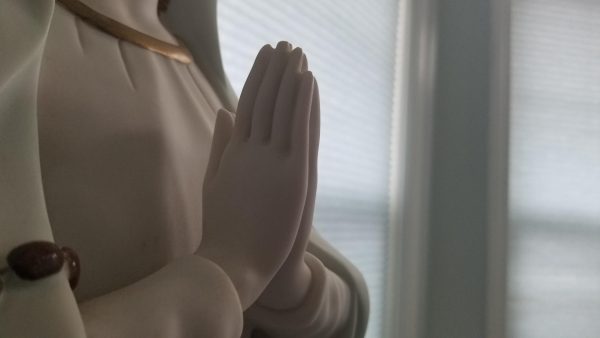Graduate student grows 8,000-year-old bacteria from Antarctica
August 27, 2007
One of the bacteria samples as seen under a microscope. The green is alive and the red is dead.
Photo courtesy of Jenny Baeseman
Credit: Ron Soltys
A graduate student has managed to bring back life from before the beginning of human civilization.
For graduate ecology student Doug Antibus’ master’s thesis, he revived 8,000-year-old bacteria that had been freeze-dried in Antarctica.
Antibus has been looking at seven samples. The oldest is 28,000 years old, which was determined by radiocarbon dating.
He hopes to find out what species are present in the samples and if bacteria today have evolved since then. He will also study their responses to heat and ultraviolet light.
The findings will have implications for studying life on Mars, said Jenny Baeseman, former assistant professor of microbial ecology and Antibus’ adviser for the project.
“If there was or is life on Mars, we now have the tools and the ability to bring those organisms and life back,” she said.
Antibus said the material collected along with sediment at the bottom of lakes dried and instantly froze when the lakes receded.
“We believe that the samples were last active when liquid water was present,” he said.
Baeseman, who is leaving Kent State to work for a non-profit arctic research organization, will continue to advise Antibus. She said his findings are significant.
“These organisms that we found have not been alive for thousands of years,” she said.
Brenda Hall from the University of Maine collected the samples from Antartica’s McMurdo Dry Valleys while studying geological history.
The project is funded by the National Science Foundation.
Contact academics reporter Kiera Manion-Fischer at [email protected].
























